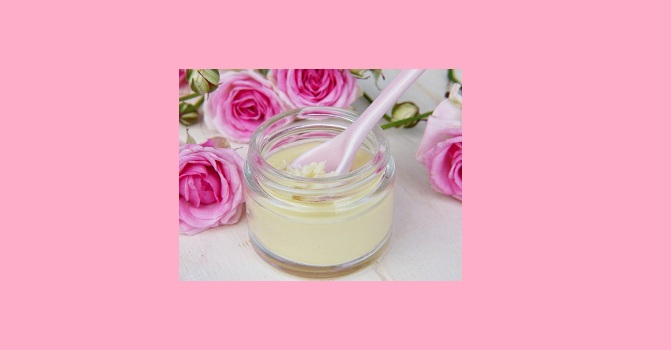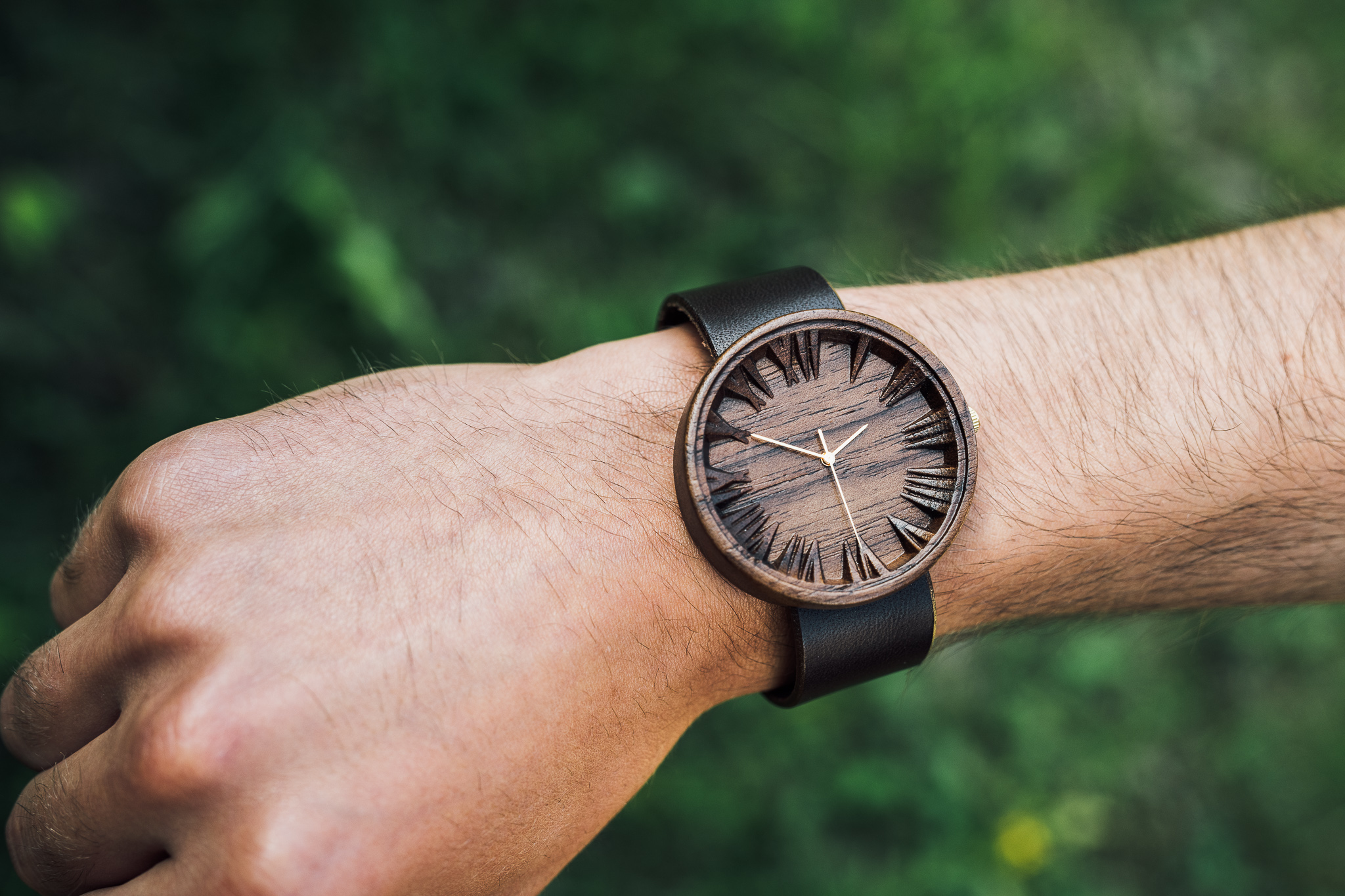What is Raw Shea Butter Used For? Raw shea butter comes from shea tree nuts that grow in West Africa. Incidentally, the shea tree obtained its name from “Karite.” It means the “Tree of Life.” The fatty oil usually serves as lotion, balm or moisturizer. Producers prepare the butter without using any chemicals. Classes consist of A, B, and F. A refers to the premium product. Meanwhile, F refers to the lowest-quality version. Some mix shea with other oils as an alternative for cocoa butter. However, this produces an odd taste. The Shea Butter Learning Institute says shea butter is an effective moisturizer. It also contains excellent healing properties. Here are the uses for raw shea butter.
Table of Contents
Good as Moisturizer
Many published articles cite raw shea butter for its skin conditioning effects. The benefits relate to the nuts’ oily acid content. These acids include Linoleic, Palmitic, Stearic, and Oleic. The skin rapidly absorbs these oils when applied topically. Thus, it doesn’t make the skin appear greasy after application. As a refatting agent, it can restore lipids or natural oil and creates moisture. Likewise, the moisturizer keeps the moisture and reduces the possibility of dryness. According to cosmetic research, linoleic acid comprises anti-inflammatory properties and enhances skin hydration.
Improves Cell Regeneration
The moisturizing and antioxidant properties work together so your skin can produce healthy cells. With the proper moisture balance, you get rid of dead skin cells. This leads to fresh cell restoration in your epidermis. Similarly, raw shea butter also helps lessen scarring and stretch marks. The oil extract prevents scar tissue from duplicating. At the same time, this promotes health cell growth. It also helps decrease unsightly wrinkles and fine lines. Through collagen production, the butter moderates photoaging resulting from aging and environmental stress.
Soothes Skin Conditions
Raw shea butter use may alleviate conditions like dermatitis, eczema and psoriasis. Dermatitis normally involves prickly, dry skin or rashes on swollen surfaces. Meanwhile, eczema refers to itchy, inflamed and cracked skin. Psoriasis, on the other hand, causes skin cells to grow 10 times faster. The anti-swelling property of shea eases the skin and relieves the irritation. You may need some shea butter cream for the hands due to dryness. Rub the cream on your hands to make these softer over time.
Restores Hair Moisture
Chemical treatments like perms or curlers and straighteners strip off your hair’s natural moistness. The moisturizing butter helps protect your hair against two conditions – severe weather and harmful free radicals from air and water. Its low Sun Protection Factor (SFP) also shields your locks from sun damage because of ultraviolet radiation. Eventually, it heals the damage from sun exposure. Shea butter covers your hair shaft. Thus, here’s good news for those with itchy and arid scalp. Your skin absorbs the rich fats without blocking the pores and leaving behind a greasy residue. You may also try it to remove dandruff by frequent massaging in a circular motion.
Lowers Cholesterol
Adding a bit of raw shea butter to your diet also has health benefits. For one, it can lower cholesterol or fats in your blood. The butter contains abundant stearic acid. This saturated fatty acid reduces soluble lipoproteins as well as plasma cholesterol levels.
Alternative to Cooking Oils
The raw shea butter can be your best alternative to ordinary butter, olive or coconut oils. The presence of antioxidants, wholesome fats and anti-swelling compounds makes this possible. It can even turn out as a better alternative than the popular cooking oils. However, you may not get used to the taste immediately. Even then, the health benefits make shea a worthy replacement. You just need some time to adjust. You can use the butter for stir frying. Otherwise, add a spoonful to your hot or cold beverage in the morning. You may even use it as replacement for butter on your toast. Remember the basic rule. Choose the unprocessed version even for cooking and eating.
Other Possible Uses
According to the Shea Butter Learning Institute, some other uses include the following:
- Sunburn
- Shaving cream
- Rough skin on the feet
- Frostbite
- Before and after strenuous physical workouts
- Muscle fatigue and tension
- Skin peeling
Pointers in Buying and Storing Shea Butter
When you buy shea butter, keep in mind the following:
- Always get the raw or natural (untreated) variety.
- See to it that you find a reliable manufacturer in terms of quality.
- Check the smell of the butter. It must be earthy without any chemical odor or plastic-like scent. It may not be the original unprocessed version.
- Check by applying a small quantity of the butter on your hand or arm. The oil must feel calming and moisturizing.
- It should not have light or ivory color. This shade means the butter has gone through the modification procedure or processed with chemicals.
Keep your shea butter inside an airtight container in a cool place. Keep the product away from sunlight. Manufacturers usually add Vitamin E to increase shelf life. The average life span lasts for two years. Throw the butter away once you detect an acidic or rancid smell. The appropriate dosage will depend mainly on the age, medical condition and need of users. Nonetheless, natural products normally remain safe for people. Simply follow the directions and specifications on product labels. Finally, consult your doctor or healthcare experts if with medical ailments. It can help prevent any harmful side effects.




